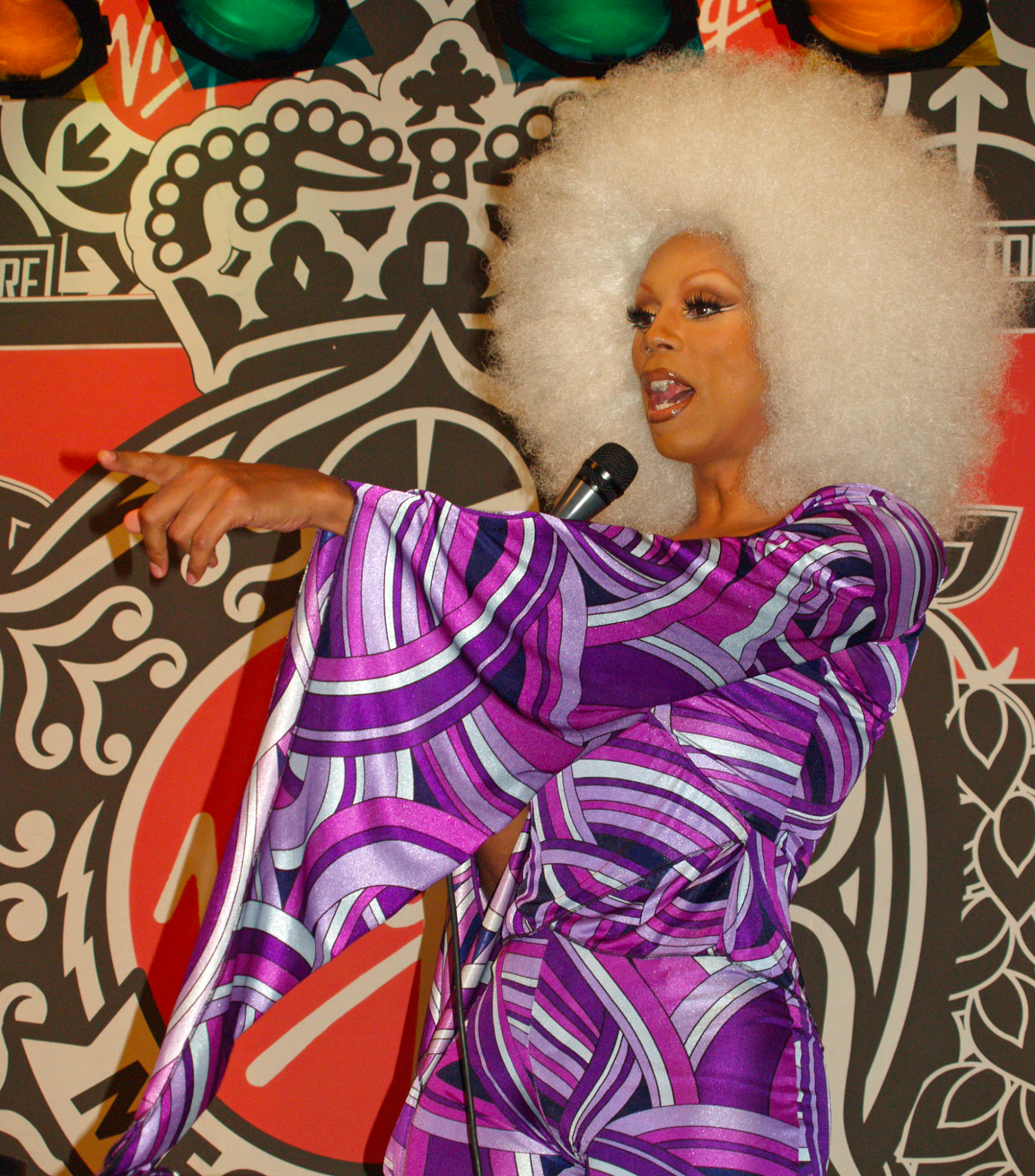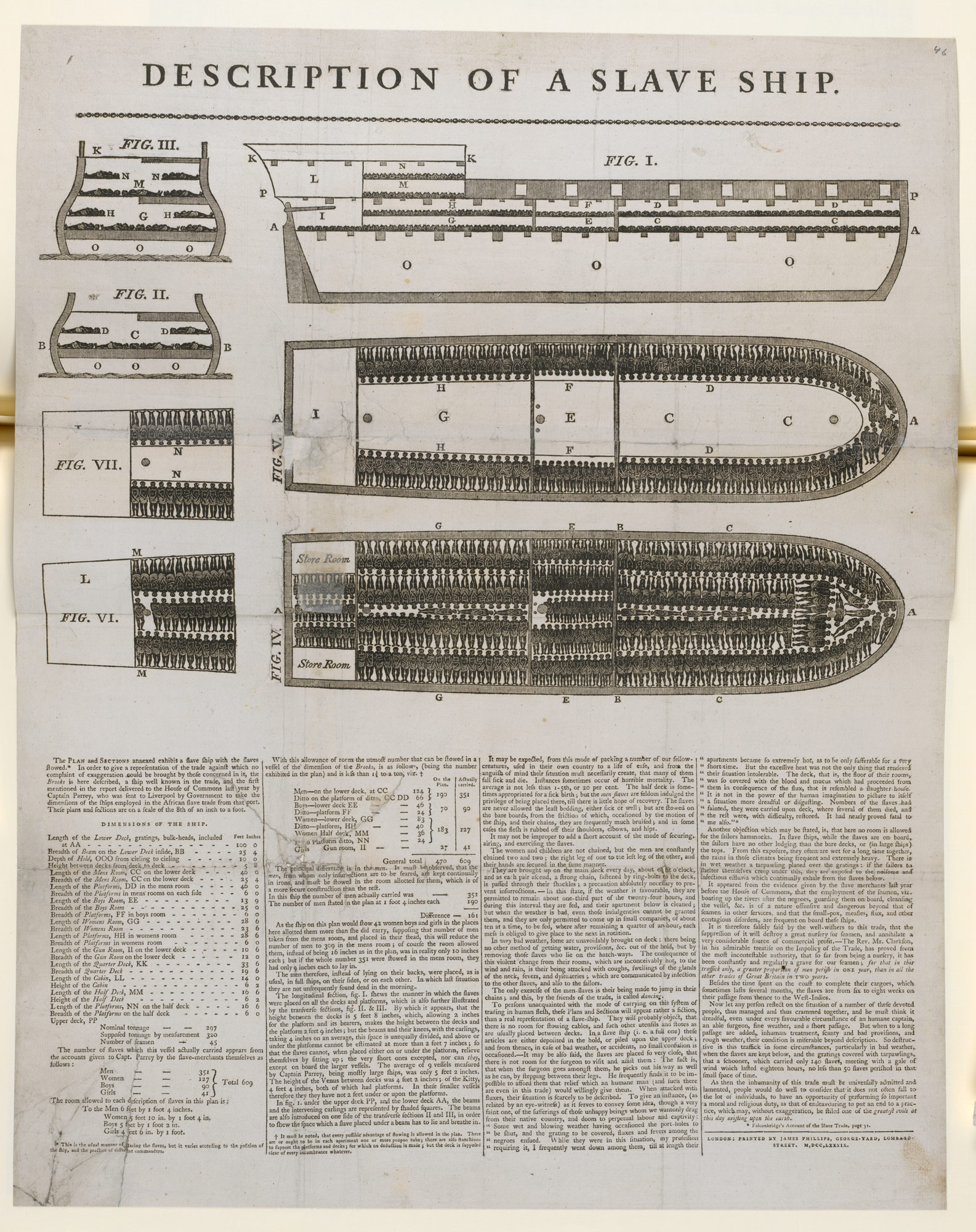4.4 Macro-Level Analysis: Colonial Racial Capitalism
4.4.1 Hegemony
Hegemony, as stated in Chapter 2, is the influence or authority that one dominant social group holds over others. It is also the political, economic, social, and military predominance of one state over other states. Hegemonic ideas about class, race, gender and sexuality show up in culture and politics to do the work of normalizing and sustaining political, economic and social power structures. For example when people uncritically consume popular films that reinforce male dominance and heteronormativity, the political dominance of hetero-patriarchal institutions, like the evangelical church, the police and the military can be normalized and strengthened.
Antonio Gramsci (1891-1937) suggested that instead of directly confronting deeply entrenched hegemonic powers, oppressed classes of people can challenge hegemony by creating and distributing art, music, and literature that explore counter-hegemonic ideas. Doing so can make hegemonic power visible and help us imagine, or in some cases remeber that different structures of power are possible. For example, the wild success of RuPaul’s Drag Race (fig 4.x), which can be understood as counter-hegemonic, because it has brought the transgressive art of drag into popular culture and reveals the performative aspects of gender. We will look closer at how ideas of gender are created, reinforced and challenged in popular culture and media in Chapter 10.

Figure 4.x RuPaul’s Drag Race can be considered counter-hegemonic. Image by David Shankbone – Own work, CC BY-SA 3.0, https://commons.wikimedia.org/w/index.php?curid=2998367
4.4.2 Capitalism
Capitalism is a competitive economic system of power in which limited resources are subject to private ownership and the accumulation of surplus is rewarded. In other words, capitalism is the use of land, labor, and capital wealth, in the form of money or other assets, to create profit (Zimbalist et al. 1988). When people themselves become capital, they can be managed not as fellow humans, but as assets to be exploited for profit. For example, figure 4.12 shows how ships carrying enslaved workers to the Americas were arranged for maximum profit with minimal regard for the well-being of the enslaved workers themselves. While the general explanation of capitalism is credited to economist Adam Smith in the 19th century, The Oxford English Dictionary locates its first usage in English in 1854 by William Makepeace Thackeray in his novel, The Newcomes.(Kennedy, 2005).
From a World-Systems Theory perspective, colonialism and capitalism relies on domination and the exploitation of less powerful people. While domination is often established through military or economic force, powerful capitalist countries and corporations maintain social control or cultural hegemony over the groups of people they dominate. For example, Christian missionaries from the colonizing nations of Europe indoctrinated converts in the Americas and the Global South with ideas about the virtues of hard work, submission to authority, and nobel suffering “for righteousness sake”. Settlers brought with them ideas, norms and values about civilization and reinforced these ideas by establishing European legal systems and civic institutions. While there is always a threat that transgression will be met with violence, the internalization of hegemonic capitalist ideas, norms and values makes the modern system of colonial capitalism self-perpetuating.
Winning in a capitalist system requires someone to lose. Critics of capitalism assert the system cannot exist without poor people, although capitalists argue that economic opportunities afforded by capitalism means poor people are less poor, and the most deserving can find great success. Allowing a limited number of token individuals to move up the rungs of a socioeconomic ladder justifies the impoverished state of those left behind. This creates an exploitable working class who perceive themselves as having the possibility of moving up, and other groups who can be continually reminded of their precarious status to ensure obedience to the power system. These concepts are complex and intersectional, and sociology continues to develop our understanding of today’s connections to the past.

Figure 4.11. Ships carrying enslaved workers to the Americas were arranged for maximum profit with minimal regard for the well-being of the enslaved workers themselves (From The History of the Rise, Progress, and Accomplishment of the Abolition of the African Slave-Trade by the British Parliament by Thomas Clarkson, 1808). Held by The British Library. Imagine is in the Public Domain.
4.4.3 Sexism
Sexism is a gender-based system of power that privileges men over women, trans people and nonibinary people. It is grounded in the idea that one sex or gender is intrinsically superior to another, and has been linked to stereotypes and gender roles. Social scientists have speculated that sexism develops in human societies as those societies become more complex (Lavenda and Schultz, 2019). This concept of a public-private dichotomy, describes the process by which public actions, such as hunting (male-dominated), become prestigious and important, and private activities, such as cooking and child-rearing (female-dominated), become less prestigious and less important on a social role scale. One is seen regularly by the general society (feasts after a big hunt), and the other is not (cooking breakfast, washing diapers, teaching the young to walk) making the unseen easy to dismiss and minimize. Margaret Thorton is one of the first to describe the public-private dichotomy in terms of its historical impact on gender discrimination (1991). Sexism is also enforced by violence, shame, and policies that shape social institutions.
Heteronormativity is a sex and gender based system of power that privileges heterosexual intimate attraction and relationships over same-sex intimate attraction and relationships. By positioning heterosexuality as the “natural” default sexual orientation against “unnatural” same-sex attraction. This assumed hetrosexuality can leave people who develop sexual attractions to people of the same gender, or to people of all genders, with deeply internalized conflicts about their sexuality. Children are socialized into of heteronormativity can include telling a little boy he’s going to be a “lady killer” will he grows up, or asking a woman when she’s going to get married and “settle down”, or there simply being no mention of other options in children’s movies other than a man and a woman marrying and having children in order to be happy. Like sexism, heteronormativity is enforced by violence, shame, and policies that shape social institutions. Homophobia, which has been called “a weapon of sexism” (Pharr, 1997), can be understood as an expression of heteronormativity, as can transphobia.

Figure 4.12. Heteronormativity starts at birth. Image from https://www.customizedgirl.com/. Transformative work, Fair use license.
Gendered institutions, then, are entire social institutions with gender “baked into” the system. (Acker, 1992) In a gendered institution, men and women are channeled into different, and differently valued, social spaces or activities. Gender-based policies and sexist ideas work together in gendered institutions to produce more favorable outcomes for men. An example of how gendered ideas shape institutions is the idea that working moms might not give their full attention to their jobs leading to lower pay for the jobs women get hired for.
4.4.4 Cultural appropriation
Cultural appropriation is a practice of domination in which the cultural artifacts, including intellectual property, traditional knowledge, of a subjugated society are first marginalized, then exoticized, and finally taken out of context to be repurposed for the benefit of the dominant group. For example, Sikh turbans have specific religious meaning and cultural context. Sikhs who wear their turbans in the U.S. and Europe have been targeted for discrimination and abuse. When the British Empire violently expanded to India in the late 18th century, turbans became the rage for fashionable women in Regency-era England. More than 200 years later, 2018, Gucci featured Turbans on models who were not Sihk in their fall collection. In both cases, European merchants capitalized on the exoticized culture of people adversely impacted by the historic legacy of colonization.
Over the past 20 years, BIPOC artists and activists have successfully challenged social norms that justify appropriation as appreciation and clarified the direct relationship between colonization, assimilation, and appropriation. For example, Native American Children sent to boarding schools had their hair cut and the clothes made by their mothers burned. They were told that their dress and grooming must conform to the dominant standard. Imagine then what it must be like, then for those children, or their children, to grow up and see white teenagers in headbands, braids and buckskin vests, partying at a festival, or to see little white kids pretending to be indians in a game of cowboys and indians. Appropriation turns cultural artifacts into trophies of conquest.
Katie Schenkle breaks down cultural appropriation using the movie The Nightmare Before Christmas on the website The Mary Sue in 2014 (Figure 4.5). Check it out for a different take on a classic movie, as well as a great example of what cultural appropriation is and why it can be detrimental!

Figure 4.15 The Nightmare Before Christmas (1993). Image used under Fair Use license.
4.4.5 Licenses and Attributions for Macro-Level Analysis: Colonial Racial Capitalism
“Macro-Level Analysis: Capitalism and Consumerism” by Dana L. Pertermann is licensed under CC BY 4.0.
“Cultural Appropriation” by Nora Karena is licensed under CC BY 4.0.
“Hegemony” by Nora Karena is licensed under CC BY 4.0.
“Learning through the lens: Negotiating Same-Sex relationships in a heteronormative world” (c) Dana L. Pertermann is all rights reserved and included with permission.
Figure 4.10. Two Women Preparing a Health Dish by Mikhail Nilov is licensed under the Pexels License.
Figure 4.11. Image of the correct way to load a slave ship. In The History of the Rise, Progress, and Accomplishment of the Abolition of the African Slave-Trade by the British Parliament by Thomas Clarkson, 1808. Held by The British Library. Imagine is in the Public Domain.
Figure 4.12. Heteronormativity starts at birth. Image from https://www.customizedgirl.com/. Transformative work, Fair use license.
Figure 4.15 The Nightmare Before Christmas (1993). Image used under Fair Use license.

